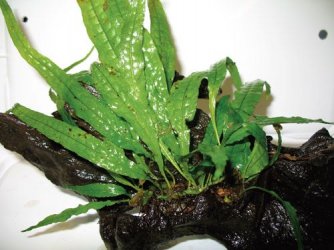Correct, I'm mixing all three right now. The well water and tank water parameters are in my original post #1 of this thread.
My Tap on the other hand is kind of ever changing because of the "bullet" in the basement. Depending on where we are in the cycle of the added coral. Right now it's been a while since it's been added so it's probably kind of low. It's usually between 6.2 -7.8 (right now probably 6.4). KH 40, GH 75, chlorine 0, ammonia 0, Nitrites 0 and Nitrates barely above 0 but almost not enough to read 10.
***this changing is the reason I want to not use this water anymore and use straight well water if possible***
I agree. Using water that varies in parameters is a real risk as you may not catch the change and this can be significant to fish. Twice I have had my source water alter significantly, without knowing it, and once I lost all my crypts (they added soda ash to raise the pH and two days after the weekly water change all the crypts melted).



